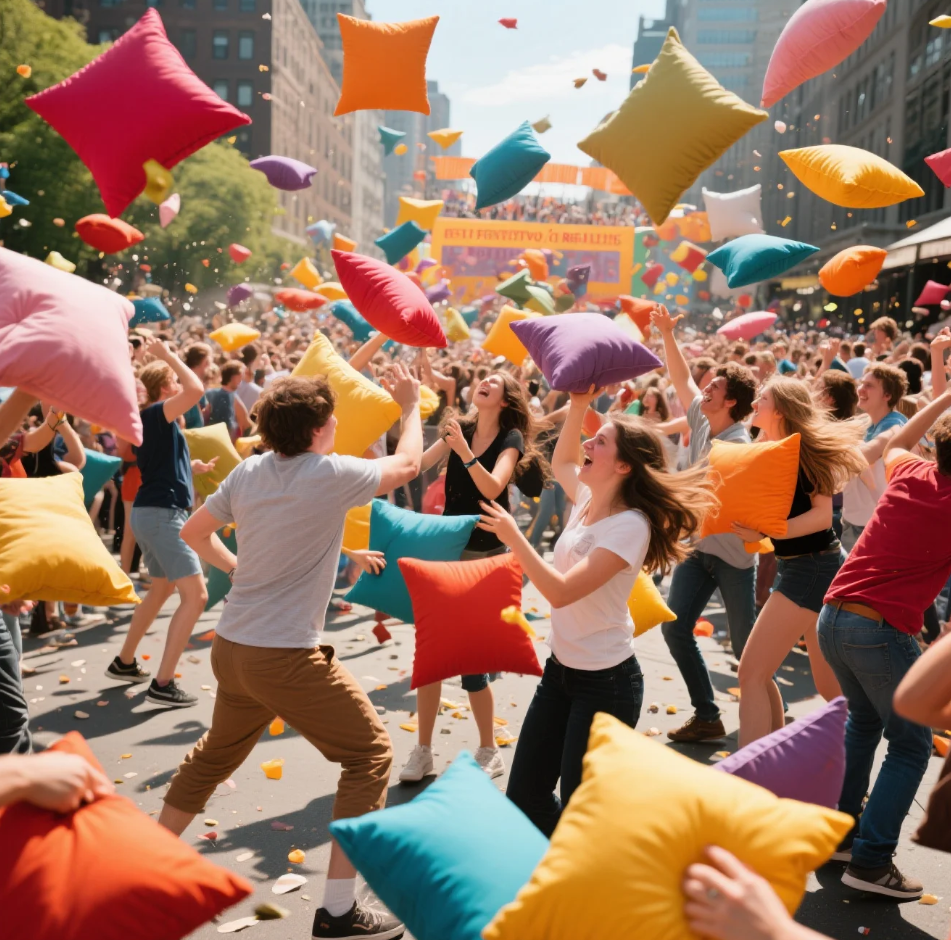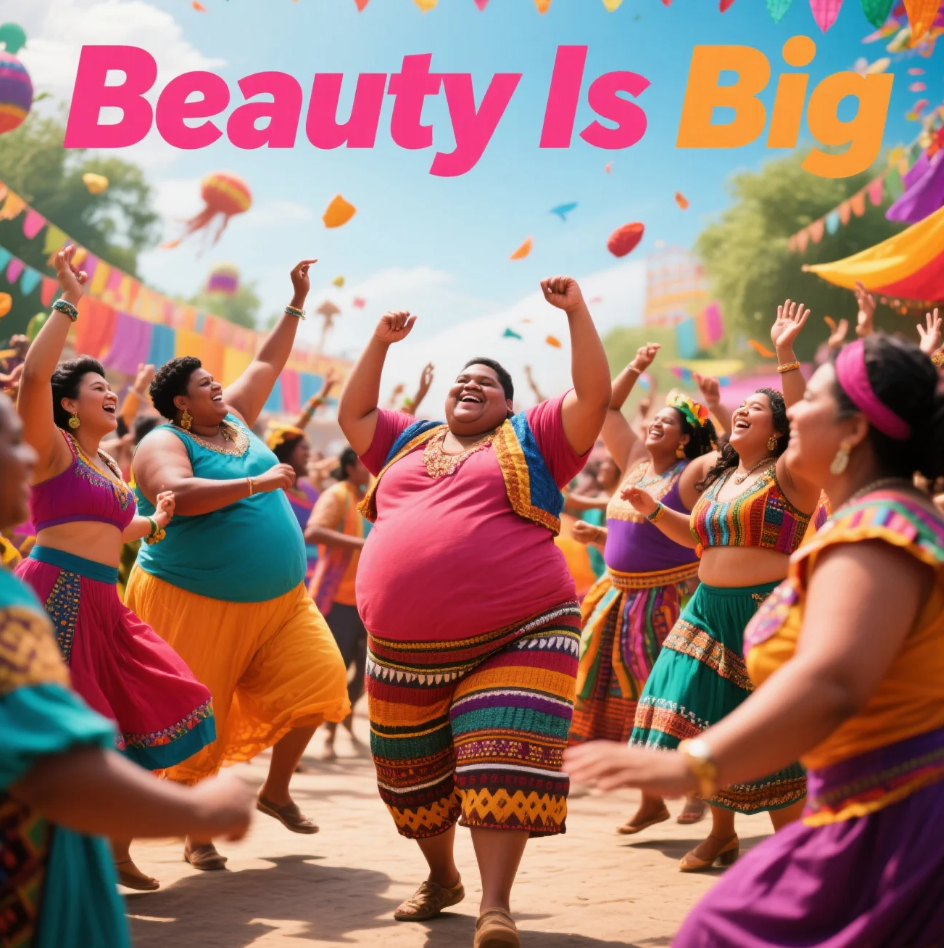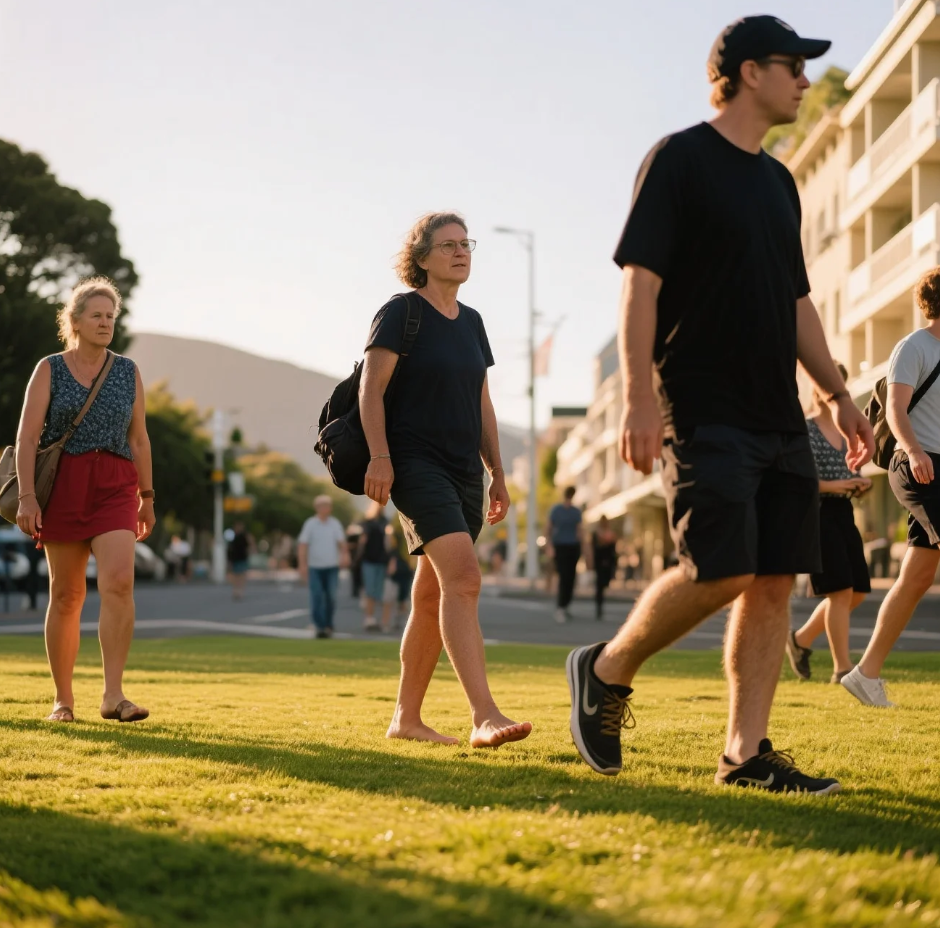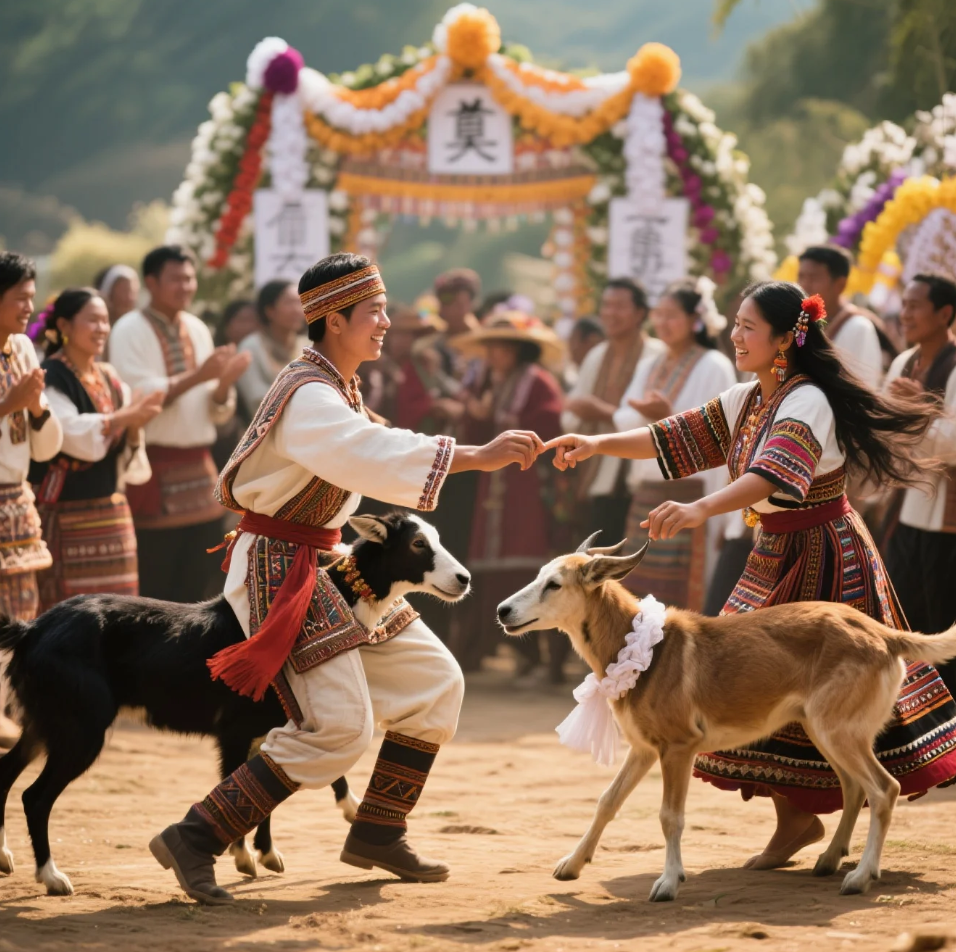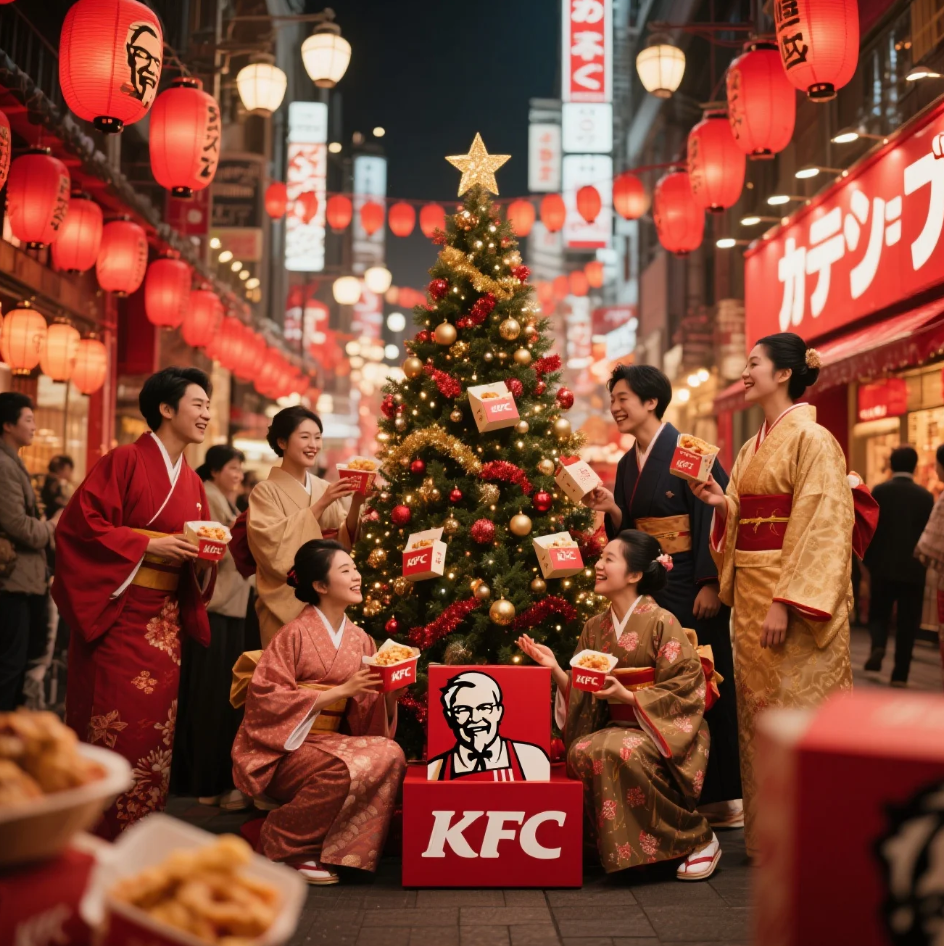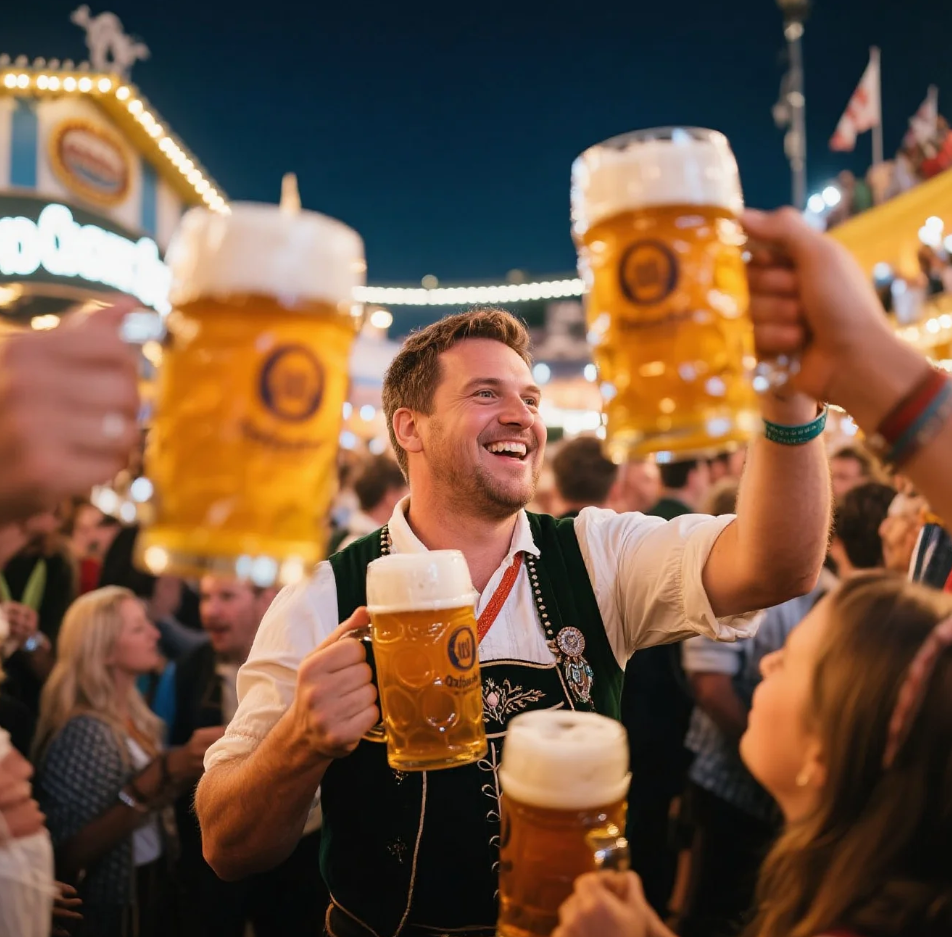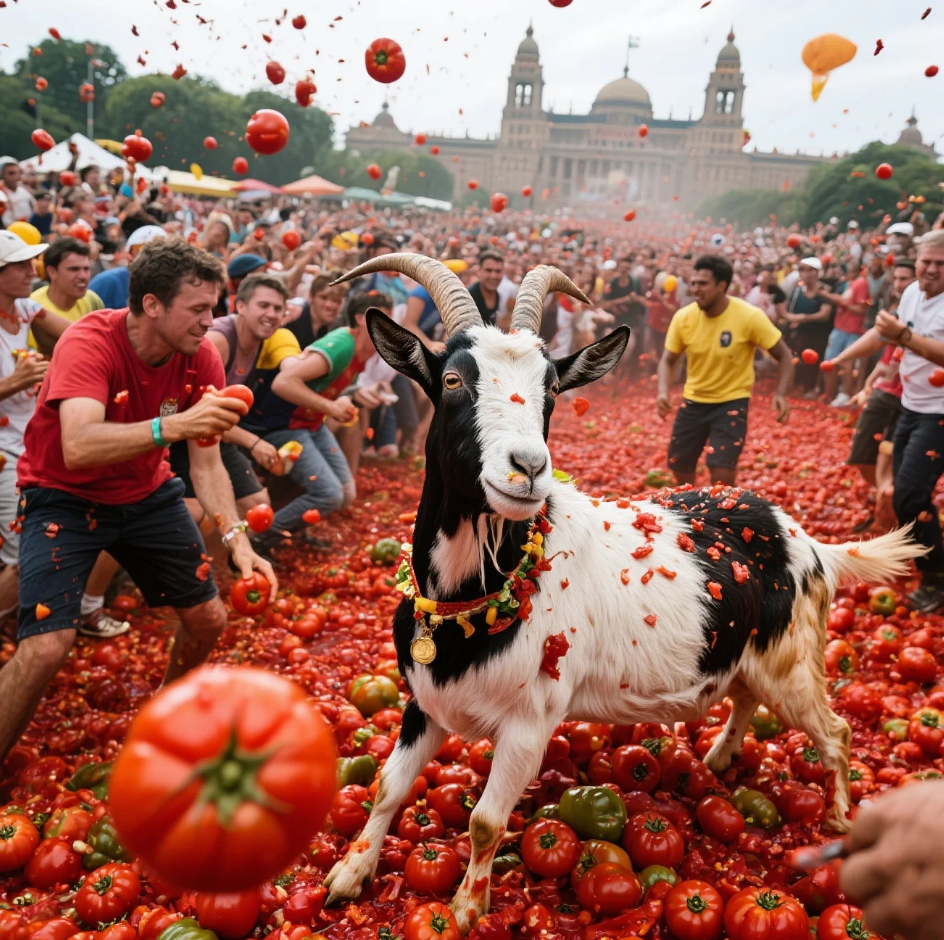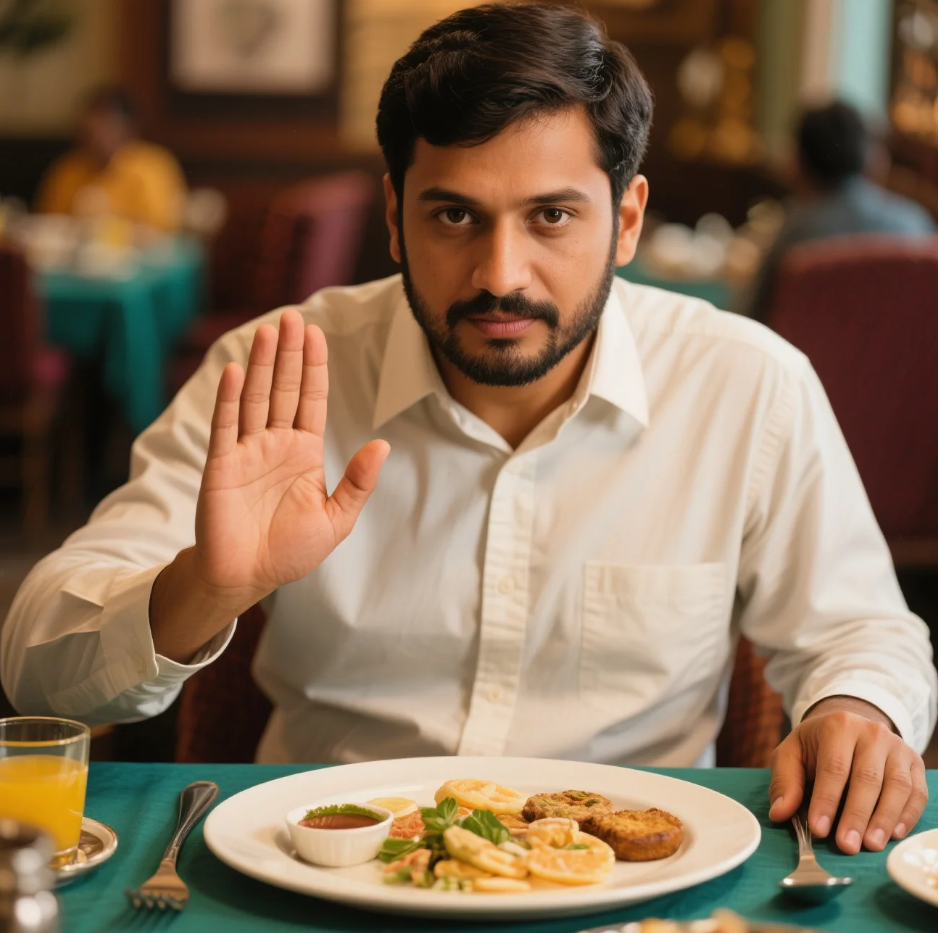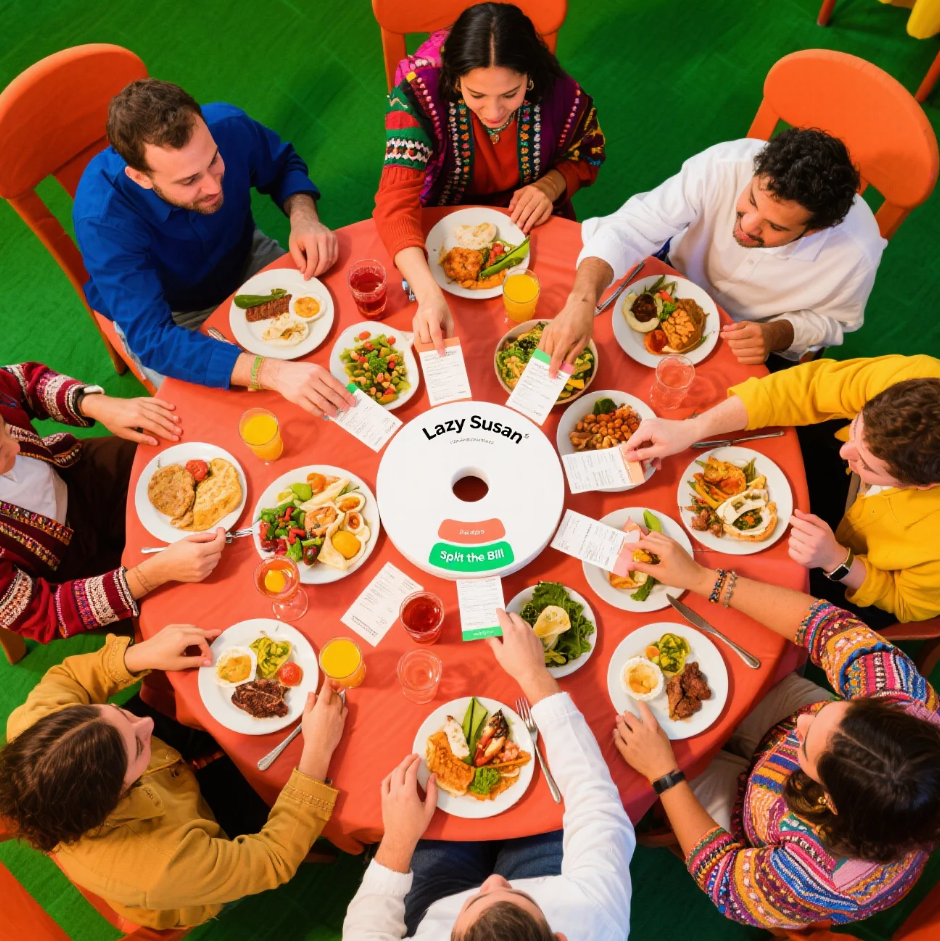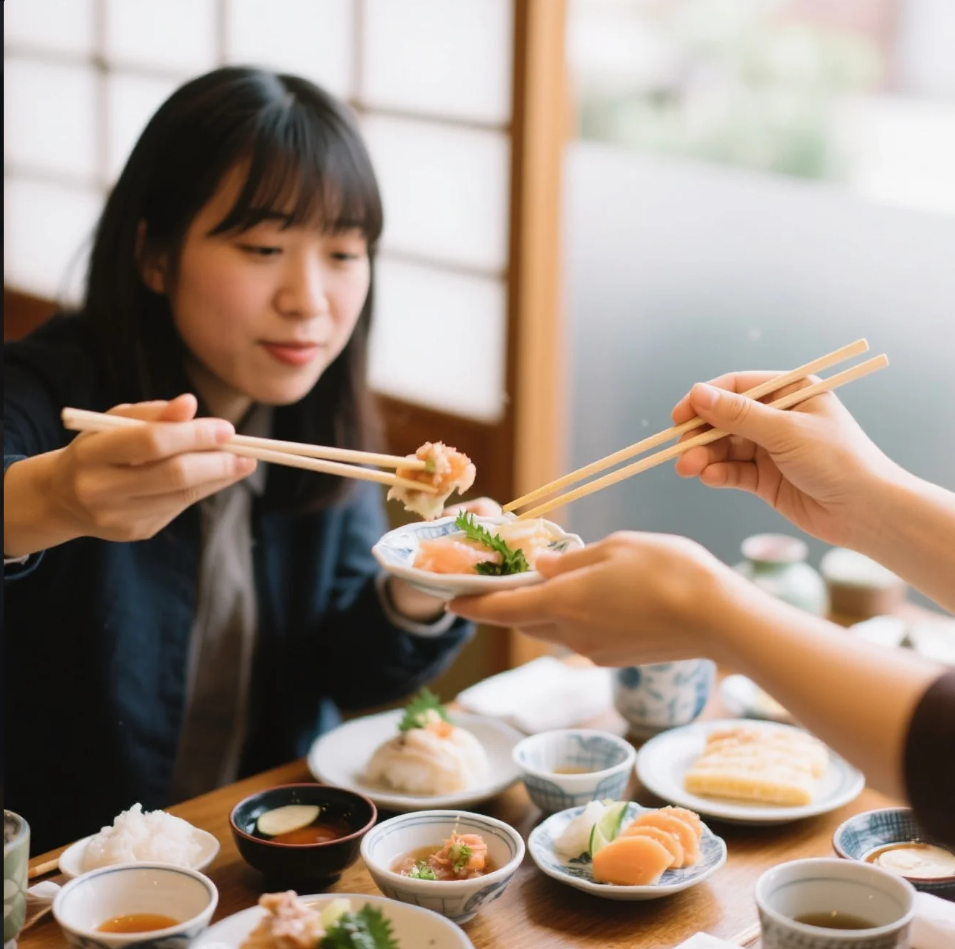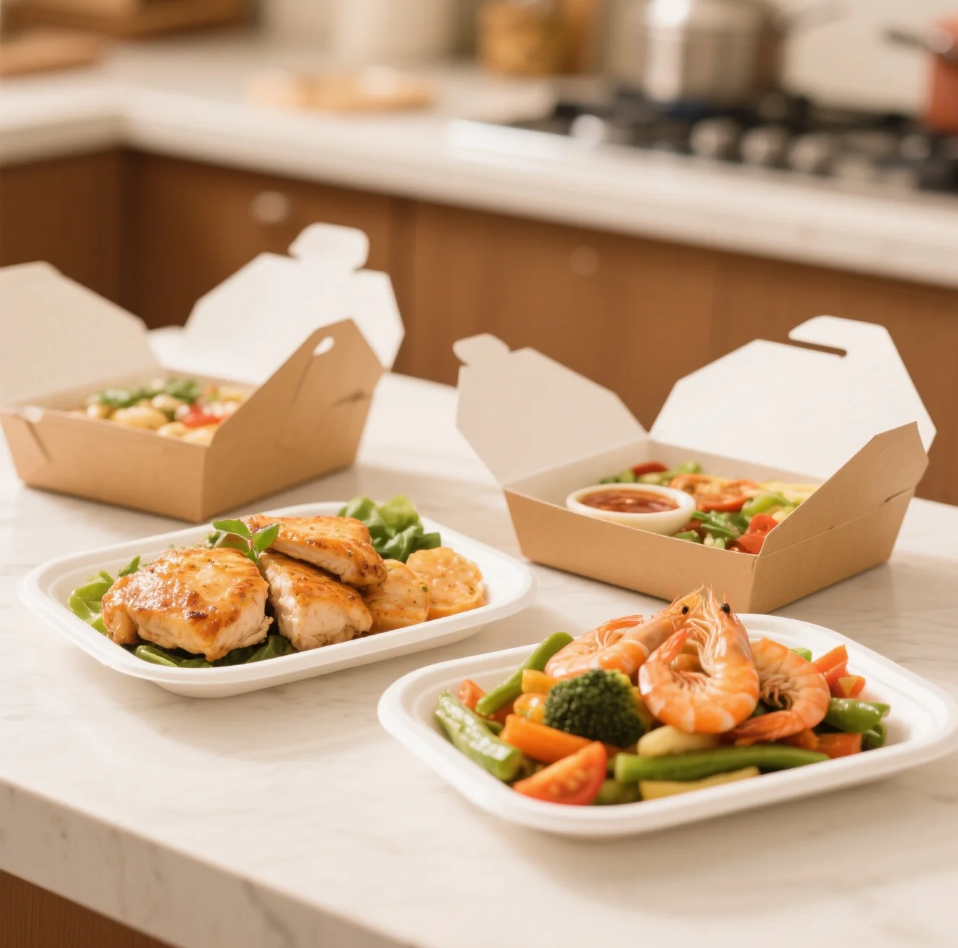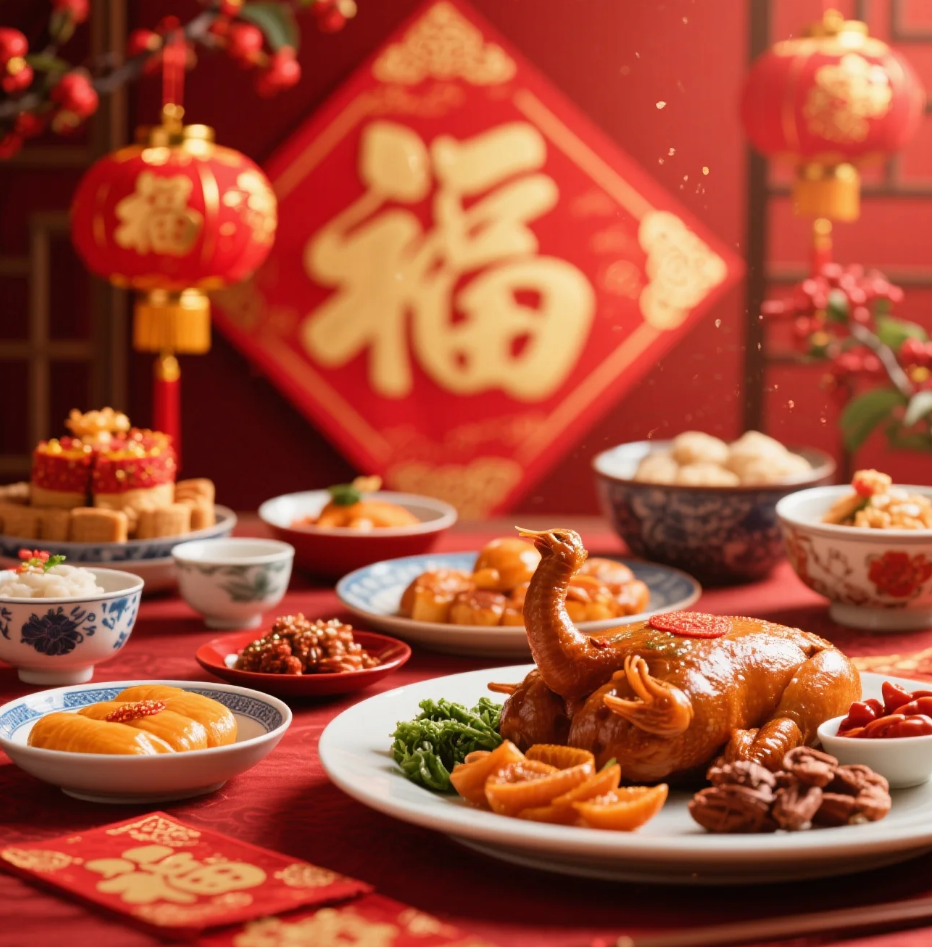
When it comes to celebrating cultural traditions around the world, few festivals carry as much meaning and joy as Lunar New Year in the East and Thanksgiving in the West. These two iconic holidays, though rooted in very different histories and customs, share one common thread — bringing families and communities together to express gratitude, honor heritage, and enjoy festive moments.
In this article, we will dive deep into how these two major celebrations unfold, explore their origins, unique rituals, foods, and the vibrant atmosphere they create in their respective cultures. Whether you are familiar with just one or curious about both, get ready for a fascinating cultural journey where East meets West in the most festive ways.
Origins and Historical Significance
Lunar New Year: A Celebration of Renewal and Luck
Lunar New Year, also known as Chinese New Year or Spring Festival, is the most important traditional festival in many East Asian countries, including China, Vietnam, Korea, and more. It marks the beginning of the lunar calendar year, usually falling between late January and mid-February.
Historically, Lunar New Year originated over 3,000 years ago as an occasion to honor ancestors and deities, as well as to usher in a new year filled with prosperity, good fortune, and health. The festival is steeped in symbolism—red decorations to ward off evil spirits, dragon dances to bring luck, and the giving of red envelopes filled with money (hongbao) to spread happiness.
Thanksgiving: A Feast of Gratitude and Harvest
Thanksgiving is a quintessentially North American holiday with roots tracing back to the early 17th century. The holiday commemorates the harvest feast shared between the Pilgrims and the Wampanoag Native Americans in 1621, symbolizing gratitude for a bountiful harvest and cooperation between different communities.
Celebrated on the fourth Thursday of November in the United States (and the second Monday of October in Canada), Thanksgiving has evolved into a day dedicated to expressing thanks for life’s blessings, often through a lavish meal with family and friends.
Festive Preparations: Setting the Stage for Celebration
Lunar New Year Traditions
Preparation for Lunar New Year starts days or even weeks ahead. Families thoroughly clean their homes to sweep away bad luck and make room for good fortune. Doors and windows are decorated with red paper cutouts, couplets, and lanterns. The color red dominates every aspect, symbolizing joy and warding off misfortune.
Shopping for new clothes is common, especially in red or bright colors, representing renewal. Markets buzz with activity as people buy traditional foods and gifts, preparing for reunion dinners, the festival’s highlight event.
Thanksgiving Preparations
Thanksgiving preparations focus mainly on the culinary side. Weeks before the holiday, grocery stores see a surge in demand for turkeys, pumpkins, cranberries, and all the fixings that will appear on the table.
Many families create a cozy atmosphere at home with autumnal decorations—think pumpkins, cornucopias, and colorful leaves. Some also take the opportunity to volunteer or donate to food banks, emphasizing the spirit of giving back.
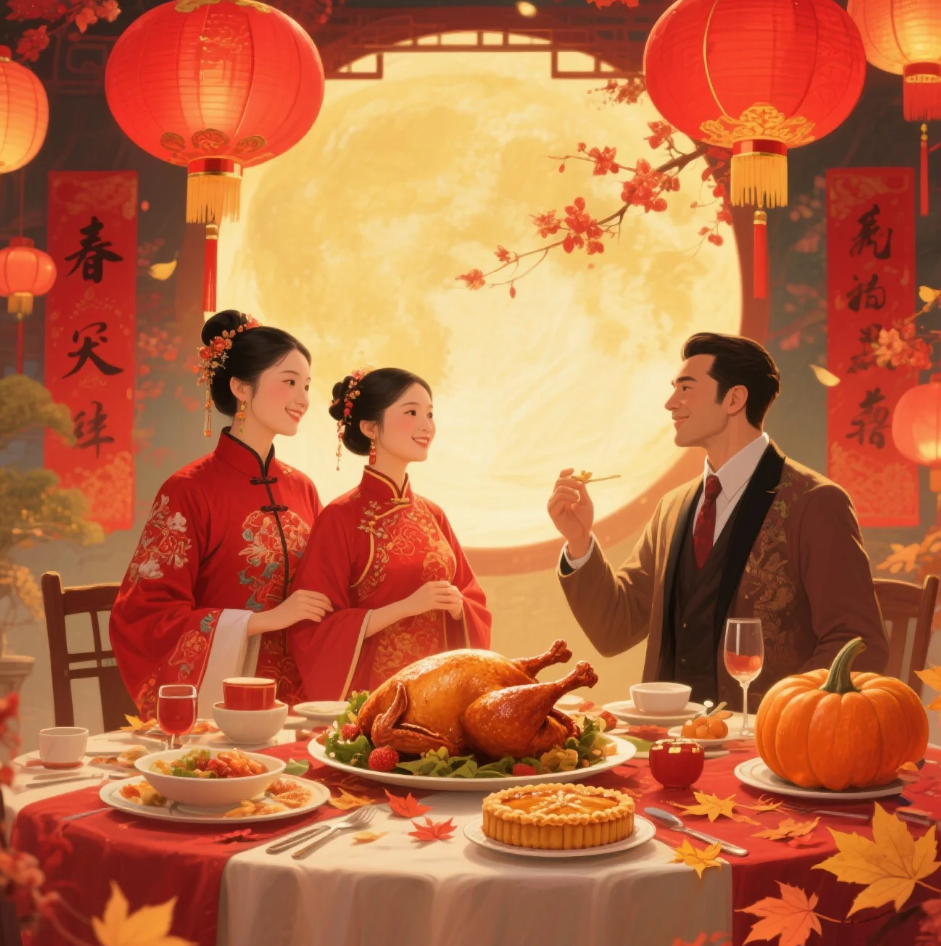
Signature Foods: Culinary Highlights That Define the Festivals
Lunar New Year Feast
The reunion dinner on Lunar New Year’s Eve is an elaborate affair symbolizing unity and prosperity. Dishes often include fish (for abundance), dumplings shaped like ancient gold ingots (wealth), niangao (sticky rice cake for progress), and longevity noodles (health and long life).
Each dish has a special meaning, and the meal is usually enjoyed with extended family, sometimes spanning several generations. It’s a lively feast, filled with laughter, stories, and traditional music.
Thanksgiving Dinner
Thanksgiving dinner is famous for its hearty, comforting dishes. The star of the table is almost always the roasted turkey, accompanied by stuffing, mashed potatoes with gravy, cranberry sauce, and green bean casserole.
Pumpkin pie for dessert is a staple, symbolizing the harvest season. The meal is a reflection of gratitude and abundance, and it’s typically shared in a warm, relaxed family setting.
Cultural Rituals and Festive Activities
Lunar New Year Customs
Beyond food, Lunar New Year is rich with rituals. Fireworks and firecrackers light up the sky to chase away evil spirits. Lion and dragon dances bring vibrant energy to streets, often accompanied by the rhythmic beating of drums and cymbals.
Family visits and the giving of red envelopes to children are heartwarming customs. Many people also visit temples to pray for luck and health in the new year.
Thanksgiving Traditions
Thanksgiving also comes with cherished customs. The Macy’s Thanksgiving Day Parade in New York City is a spectacular event watched by millions, featuring giant balloons, floats, and performances.
Many families watch football games together, a modern tradition adding fun to the holiday. After the meal, people often share what they are thankful for, reflecting on their blessings and hopes.
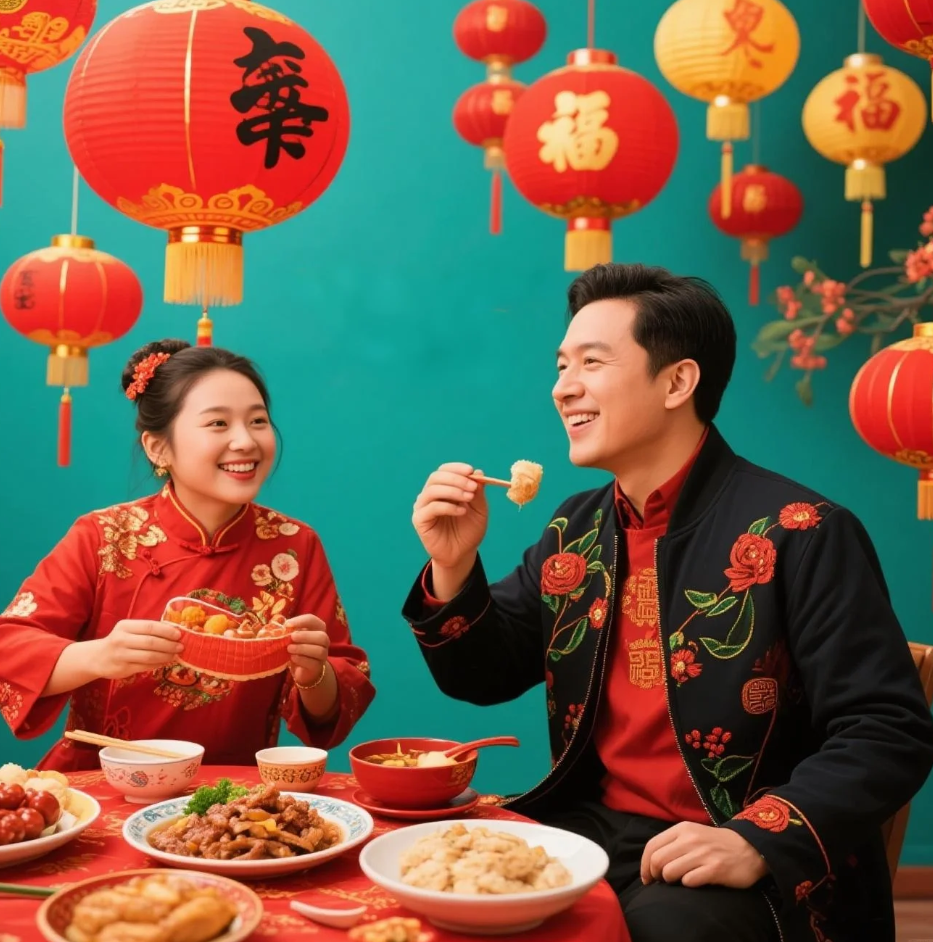
Comparing the Spirit: What Connects These Celebrations?
At first glance, Lunar New Year and Thanksgiving might seem worlds apart — one based on lunar cycles and ancient folklore, the other rooted in colonial history and harvest. Yet, both center on themes of family, gratitude, renewal, and community bonding.
Both holidays are moments when busy lives pause to reconnect with loved ones, share meaningful meals, and uphold cultural values. They offer comfort and joy, reminding us of the importance of tradition and hope.
Modern Adaptations and Global Influence
In today’s interconnected world, Lunar New Year and Thanksgiving have transcended their geographic origins. Lunar New Year festivals are celebrated in Chinatowns and multicultural cities worldwide, attracting diverse crowds who join the festivities.
Thanksgiving, too, is gaining recognition beyond North America, as global families and expatriates adopt the holiday as a time to celebrate gratitude.
Social media and online platforms have amplified the visibility of both holidays, inspiring creative fusion recipes, virtual celebrations, and cultural exchanges that enrich our understanding of global traditions.
Final Thoughts: Embracing Diversity Through Celebration
Lunar New Year and Thanksgiving showcase the rich tapestry of human culture — different histories, different customs, yet universal values. Exploring these holidays side by side not only highlights their unique charm but also deepens appreciation for how people worldwide honor what matters most: family, gratitude, and hope.
So next time you see a dragon dance or carve a pumpkin, remember that you’re witnessing two vibrant expressions of the festive spirit — East meets West in a joyful celebration of life itself.






